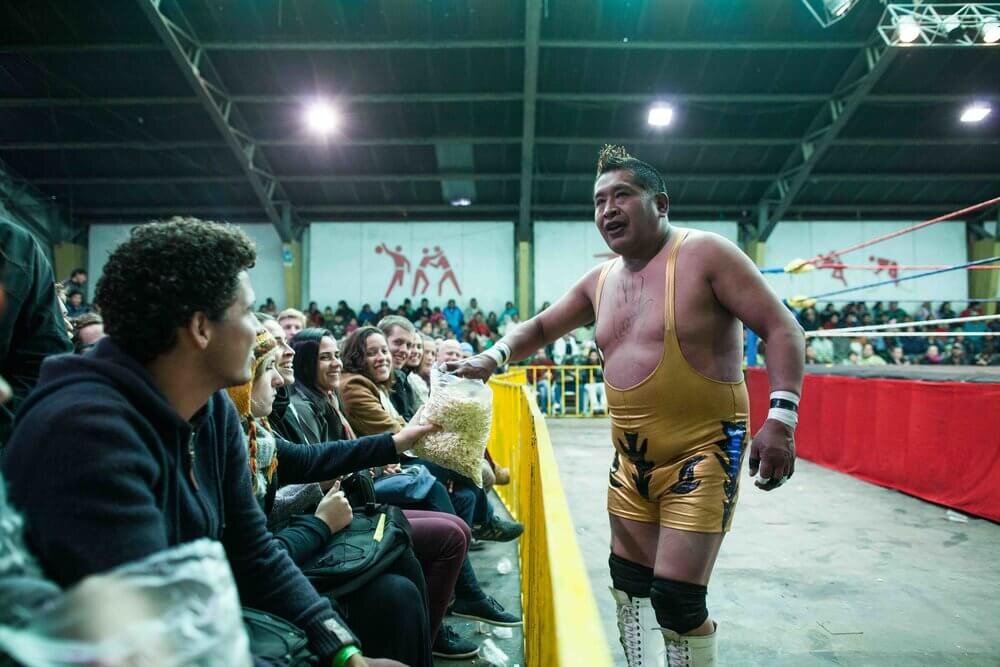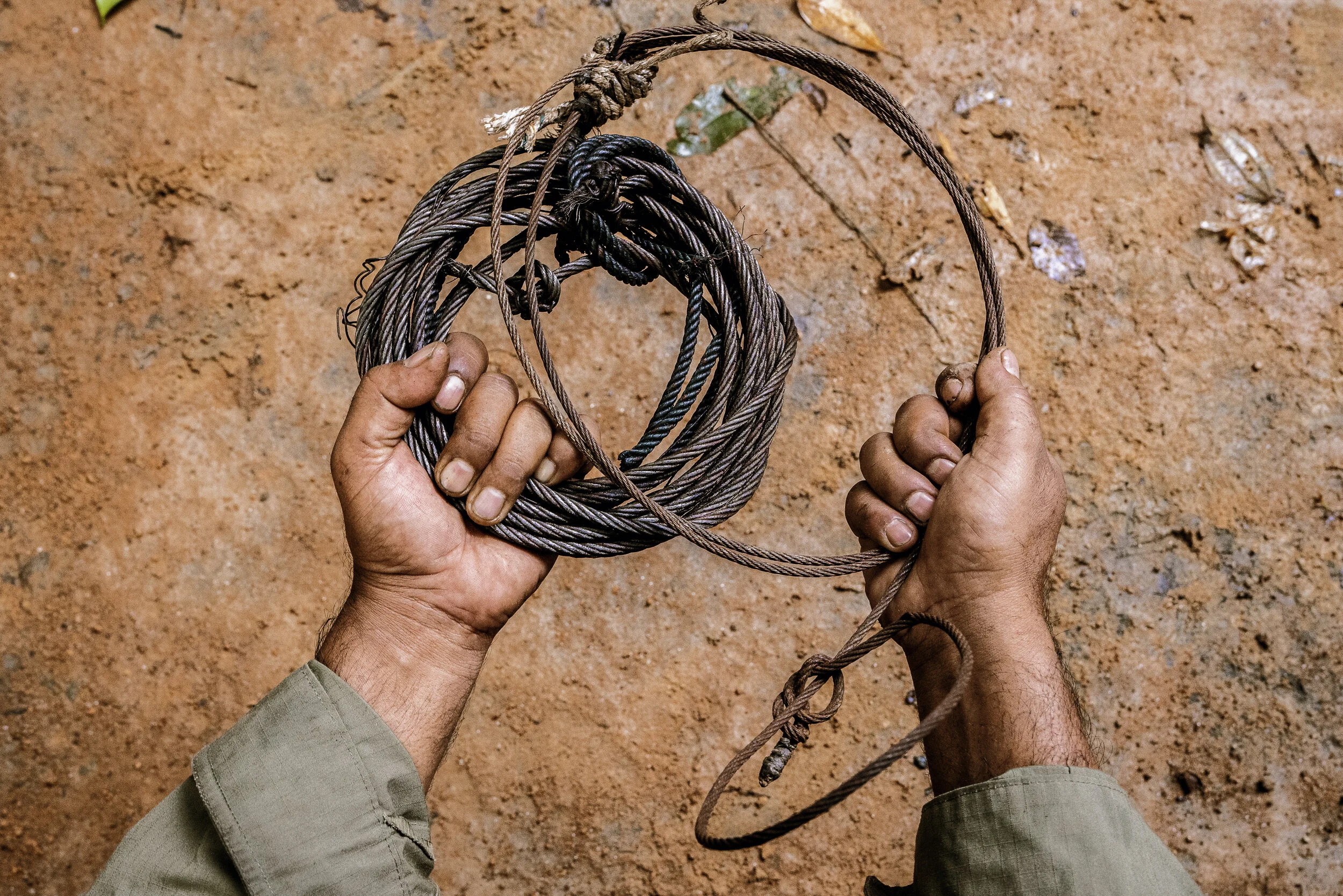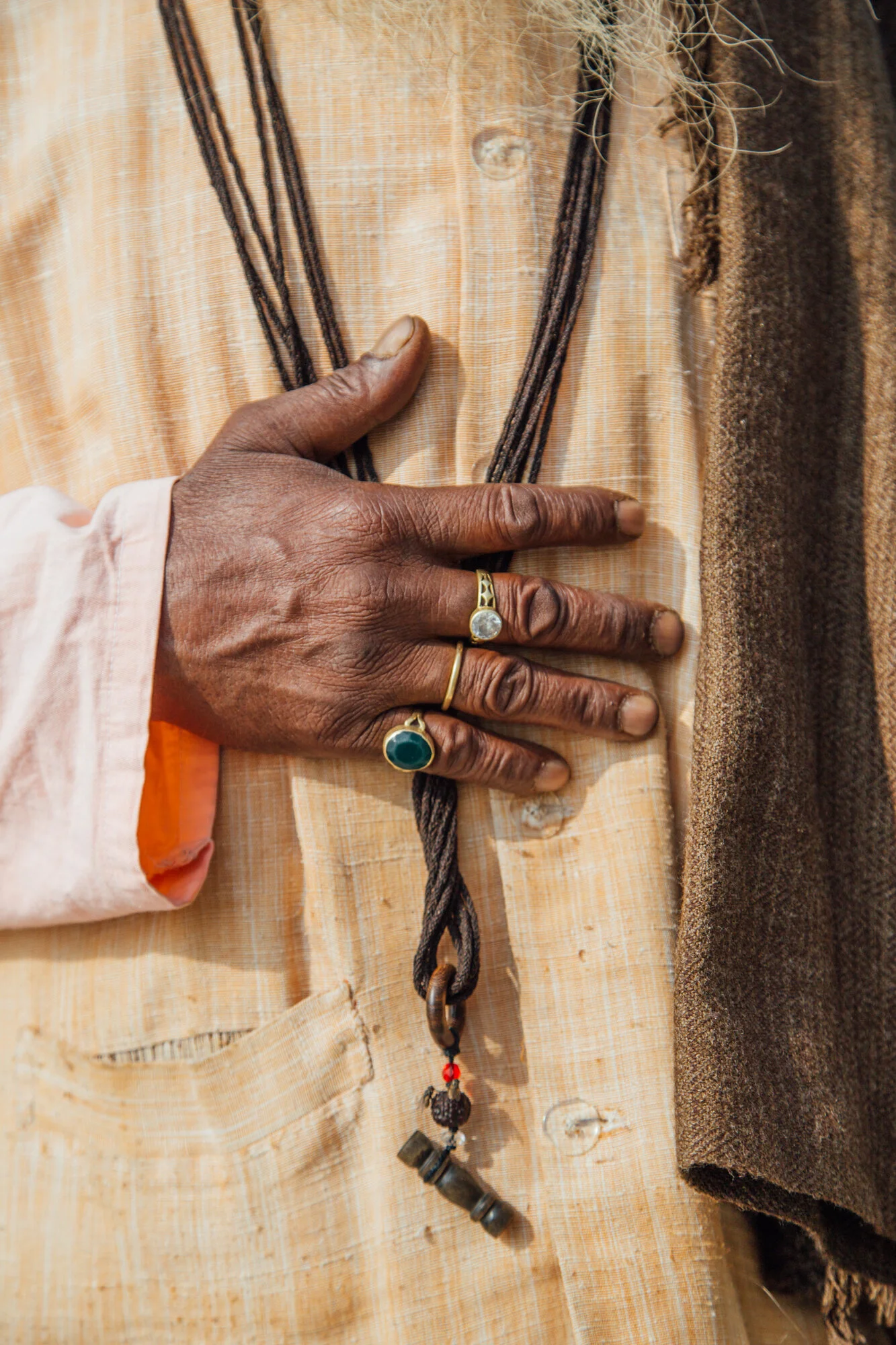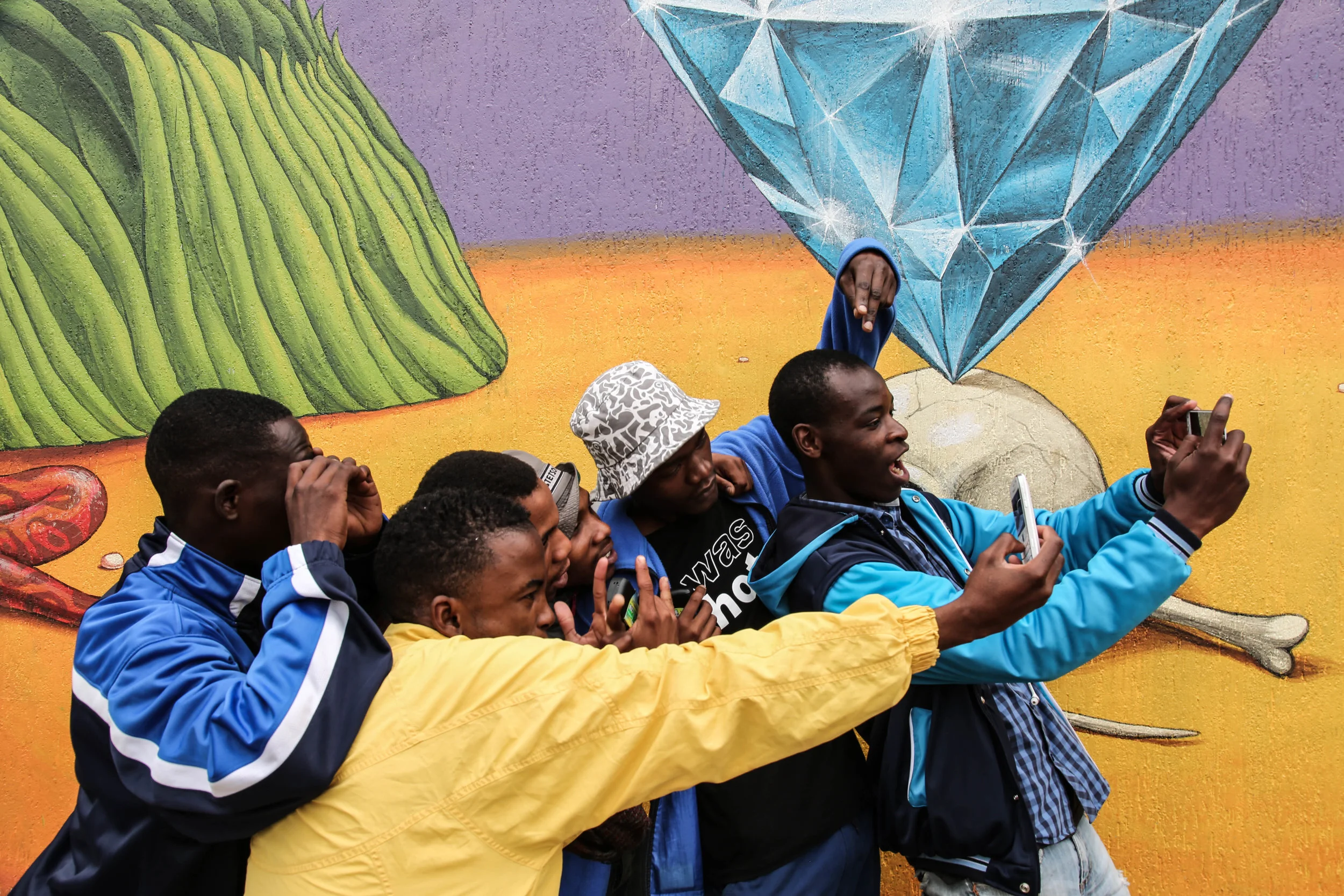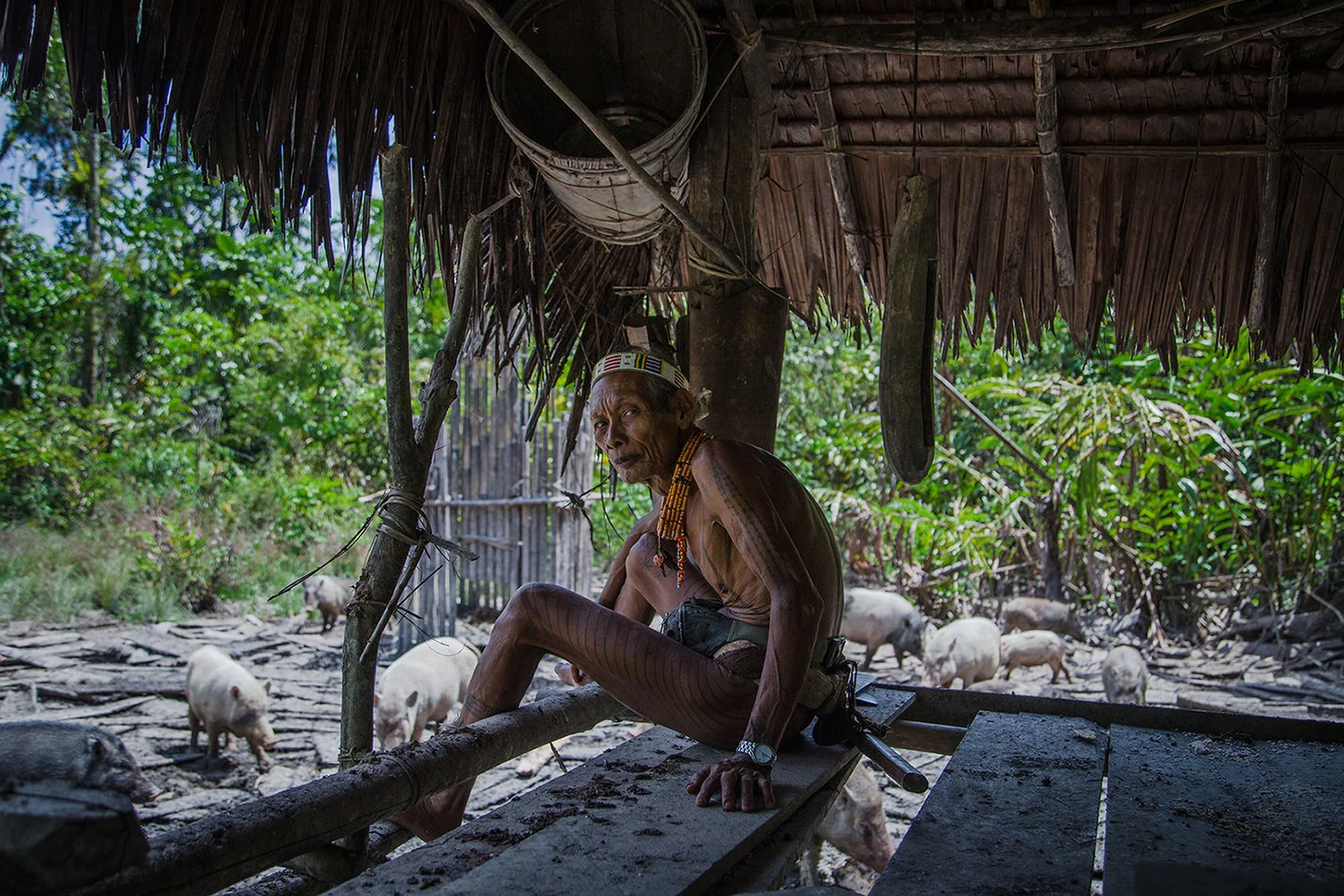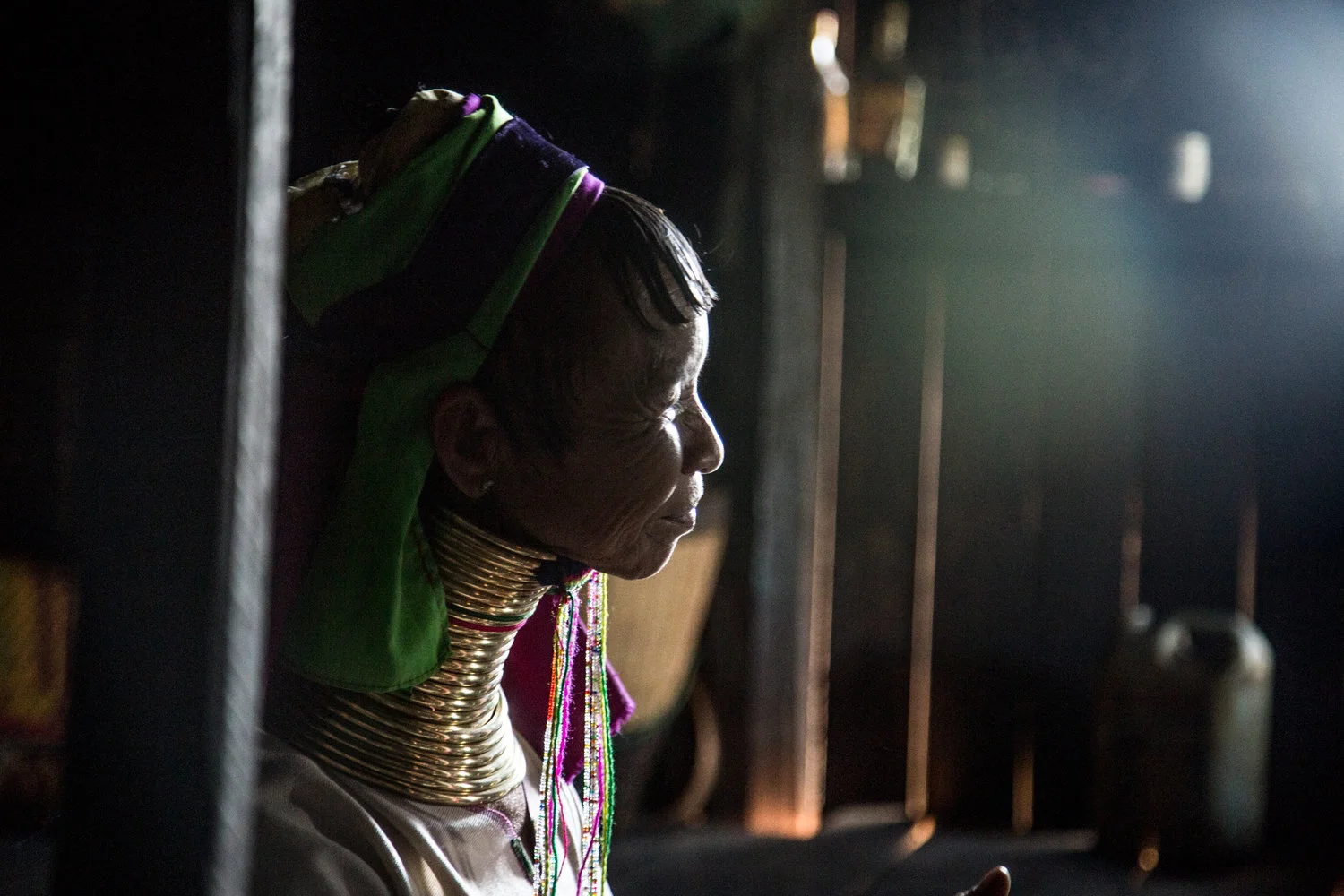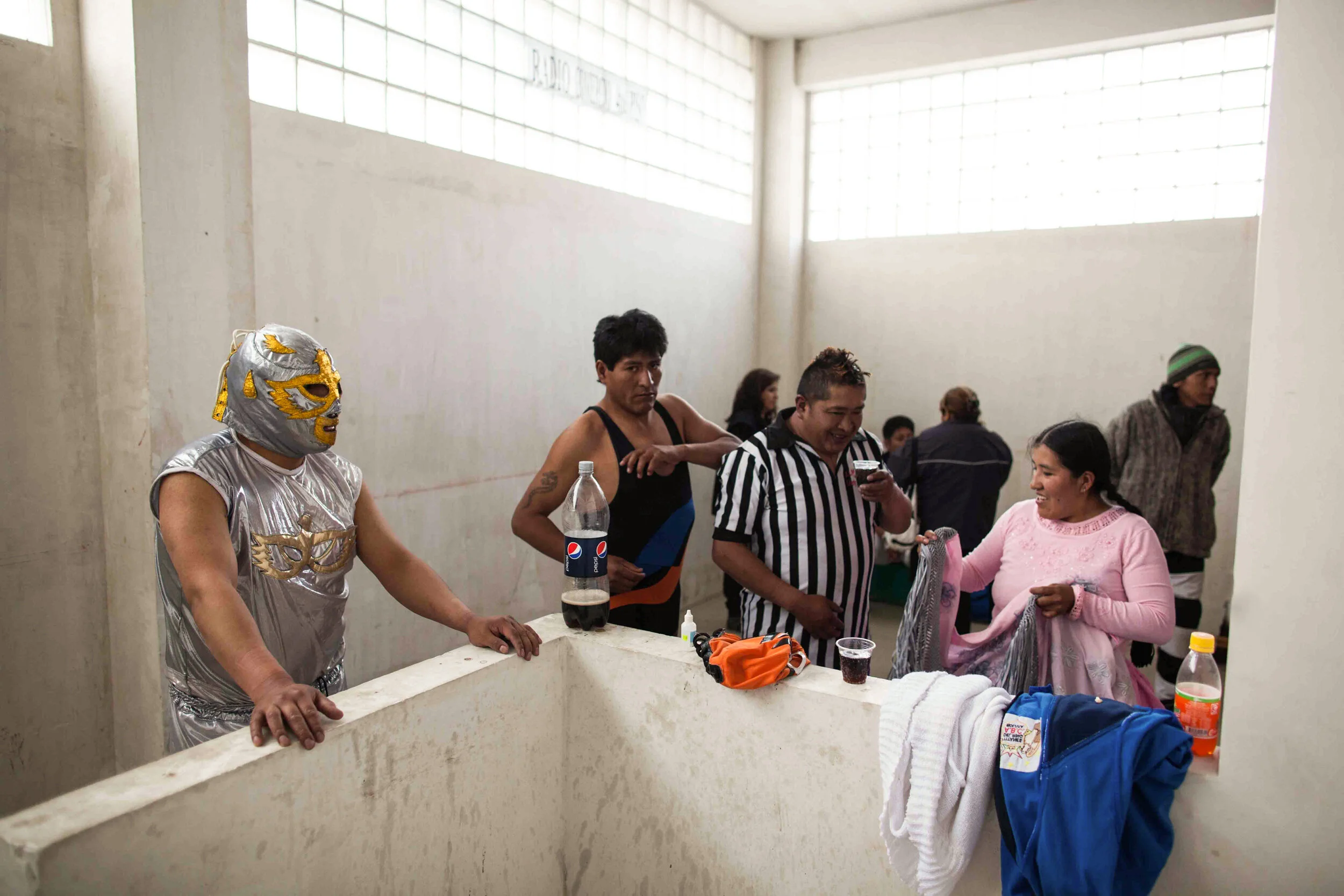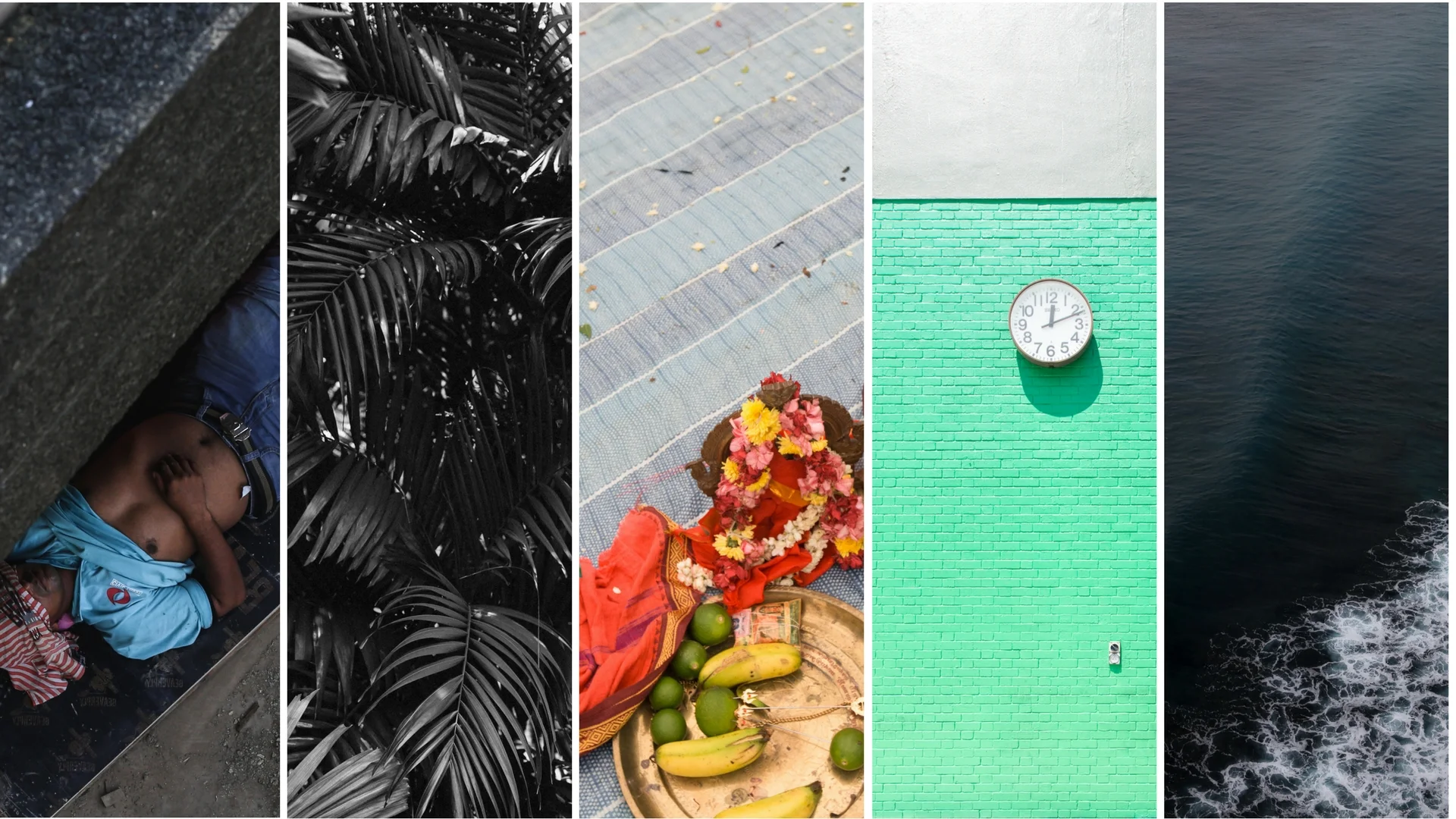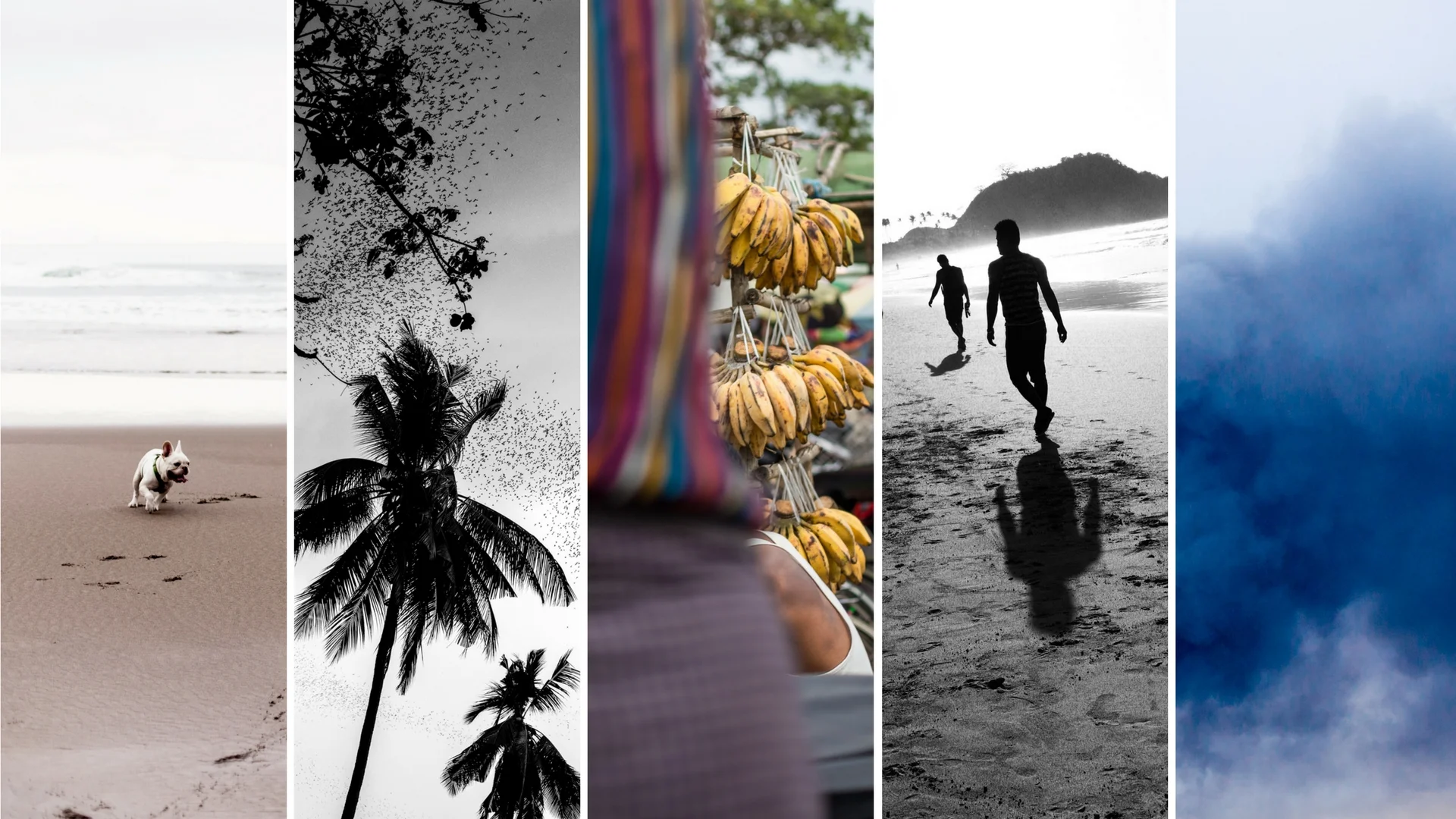CHOLITA WRESTLERS
FEATURE Nº11
The indigenous Bolivian women fighting stereotypes and grappling with decades of discrimination through wrestling
Words & photography by Rob Bain
At 4,150 metres above sea level in the Andes cloudline lies one of the world’s highest wrestling rings. It's Sunday afternoon in El Alto, Bolivia and that means one thing: Fight night is upon us.
Each week locals and tourists cram into the Multifuncional Ceja de El Alto Stadium to watch the sports spectacle, known as Cholita Wrestling.
In the past “Cholita” was used as a derogatory term, meaning a lower-class woman of mixed indigenous heritage and identified by their bowler hats, puffy skirts and shawls. Today in El Alto, the Cholita female fighters still don the same dress but are now the heroines the crowds come to see.
Backstage before the mixed-gender bouts.
Wrestling has been popular in Bolivia since the 1950s among men, but it wasn’t until 2000 when the Cholitas entered the spotlight. At first it was a way for a few female sufferers of domestic abuse to learn fighting skills, but it wasn’t long before a boxing promoter Juan Mamani made the Cholita fighters a household name.
Cholita outifts consist of the trademark bowler hats, puffy skirts, shawls and jewellry.
Male wrestlers wear elaborate good-and-bad-guy outfits.
Since 2011, the Cholitas have formed their own independent wrestling association, which is similar in style to Lucha Libre, or Mexican Wrestling, however, the events here in El Alto focus more on audience entertainment and storylines between the wrestlers rather than the physical rough-and-tumble.
He thinks he means business.
The undercard usually involves a couple of bouts between male wrestlers to get the crowd warmed up before the main event. Hushed anticipation follows as the Cholitas enter the ring wearing their iconic long skirts, jewellery and colourful cardigans. Despite the obvious staged moves, once the bell rings all hell breaks loose with body slams, clotheslines, tombstones, submissions, gags, occasional blood and plenty of laughter.
One after the other their larger male opponents are counted out while the crowd erupts and the referee parades around another victorious Cholita wrestler.
It’s a remarkable transformation for these women who were recently ridiculed in Bolivian mainstream society. Just a few years ago the Cholitas wouldn't be seen working in respectable positions, such as a bank or clerical job. Today, that's a thing of a past and the Cholitas occupy positions of power across the country, not only in the ring. There has also been a spate of new legislation to improve the rights of indigenous groups in recent years, including those to combat domestic violence.
It’s a long road to equality in the country, but having a visible symbol of female power in Bolivia in the form of the Cholita wrestlers is helping grapple stereotypes.
Matches are a mix of acrobatics and comedy routines.
Getting ready for the main event.
A Cholita wins her bout.
Crowd participation is not optional.
















